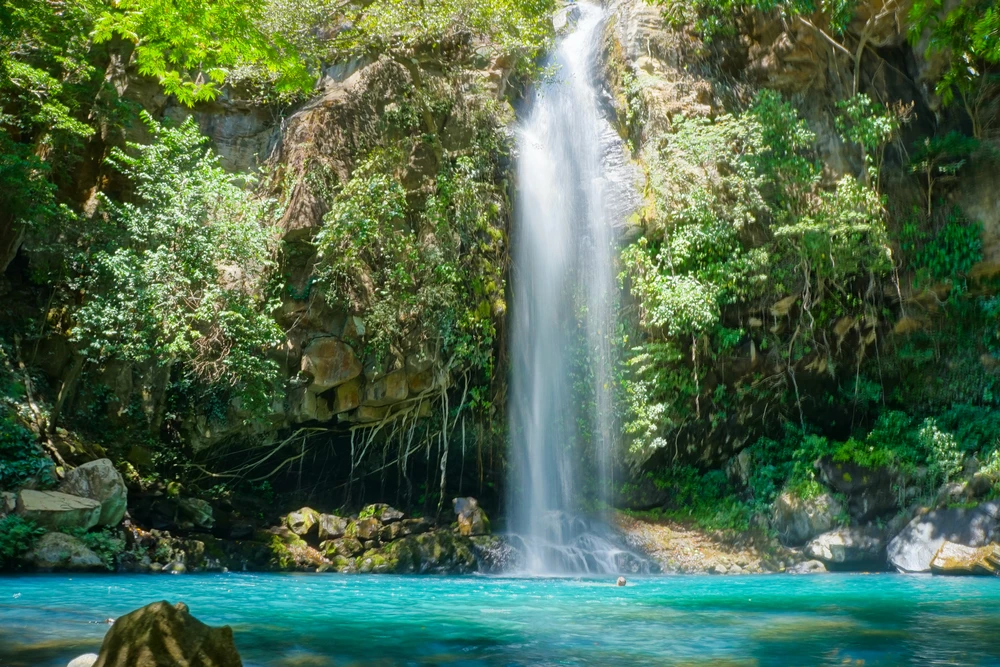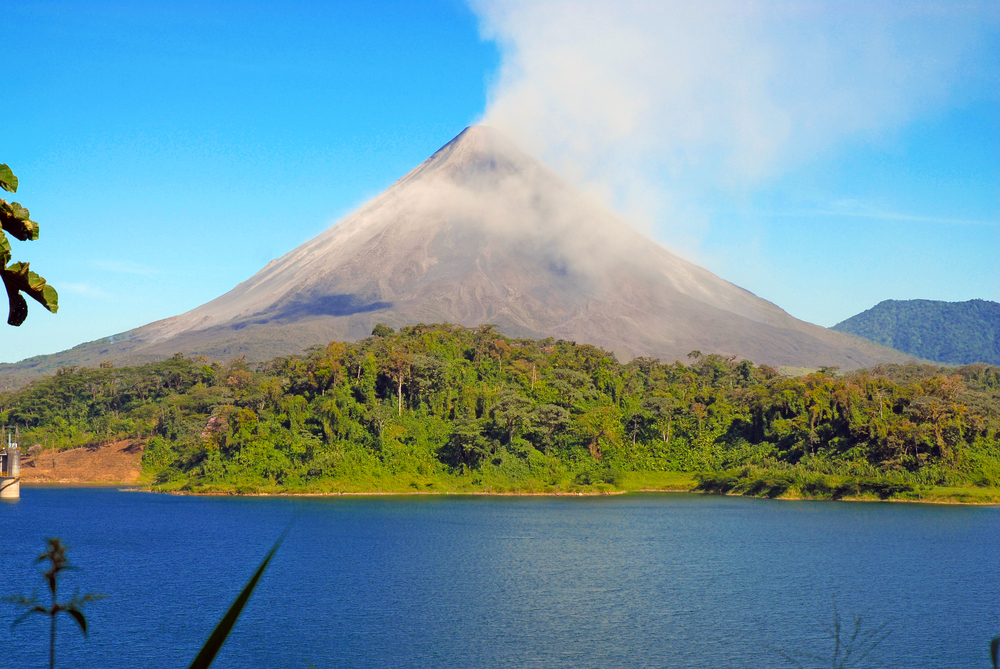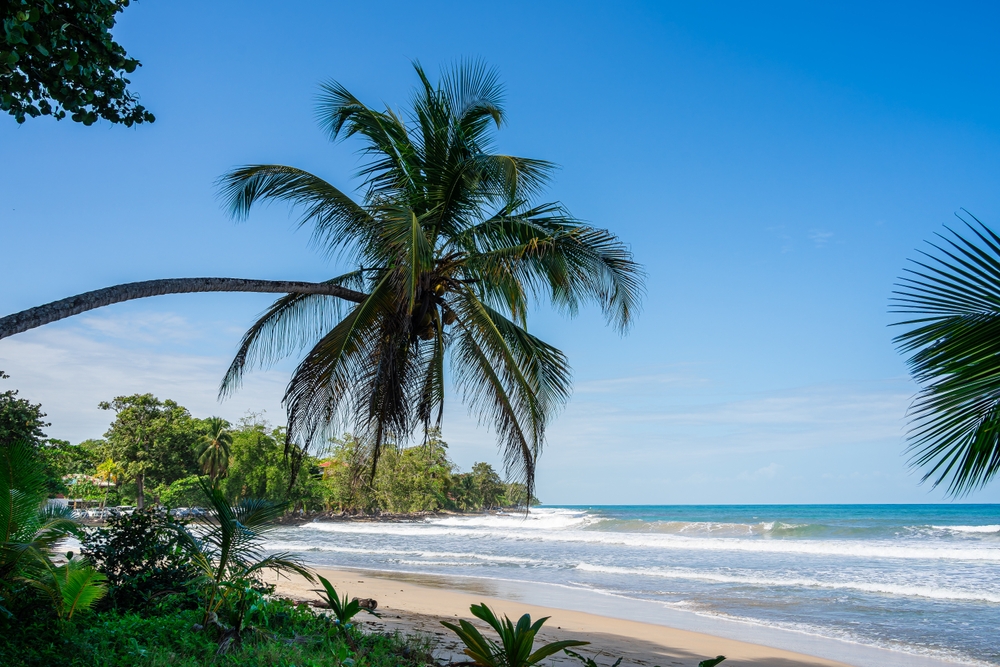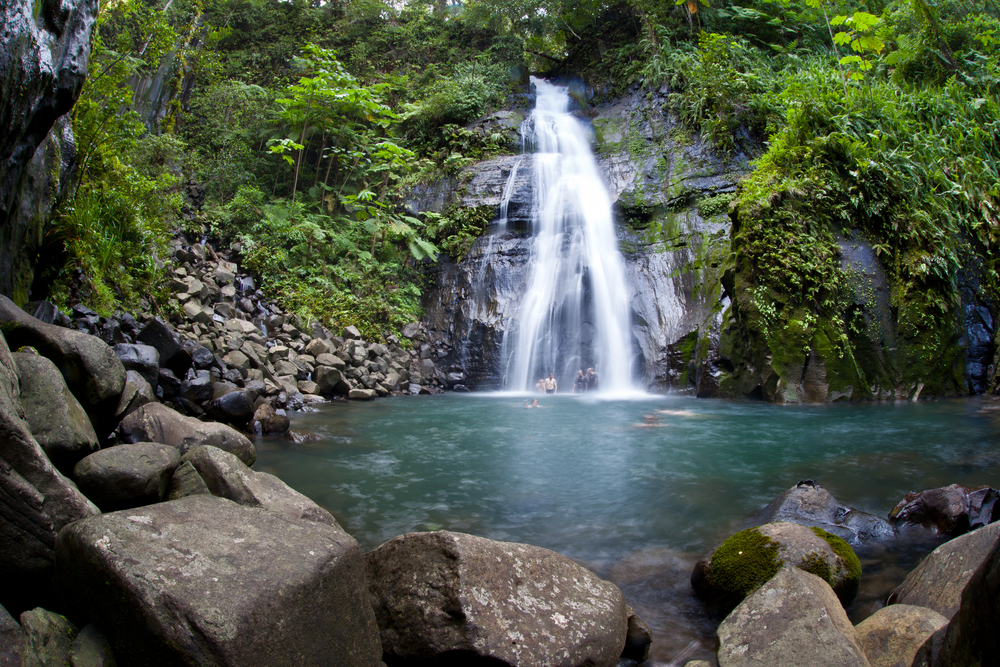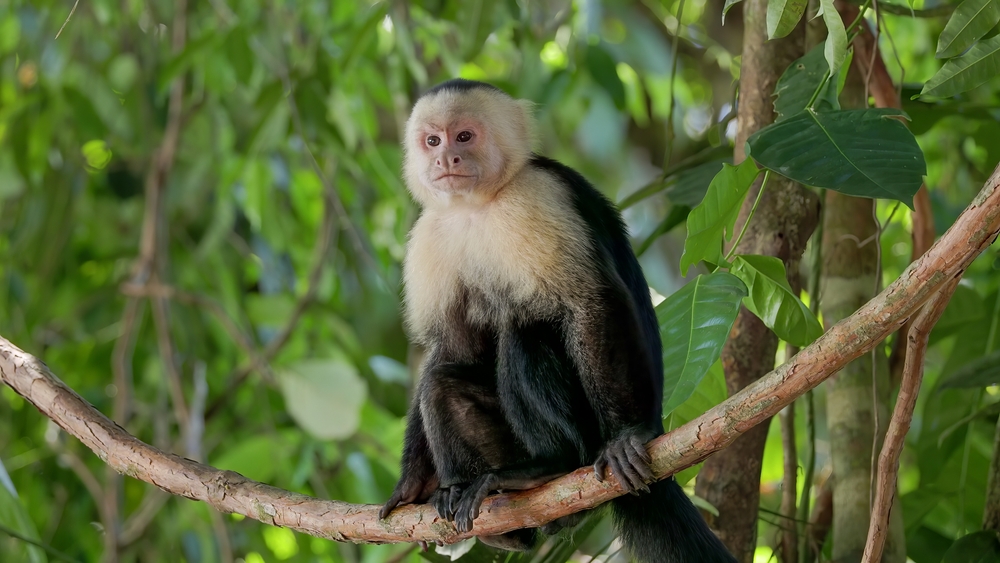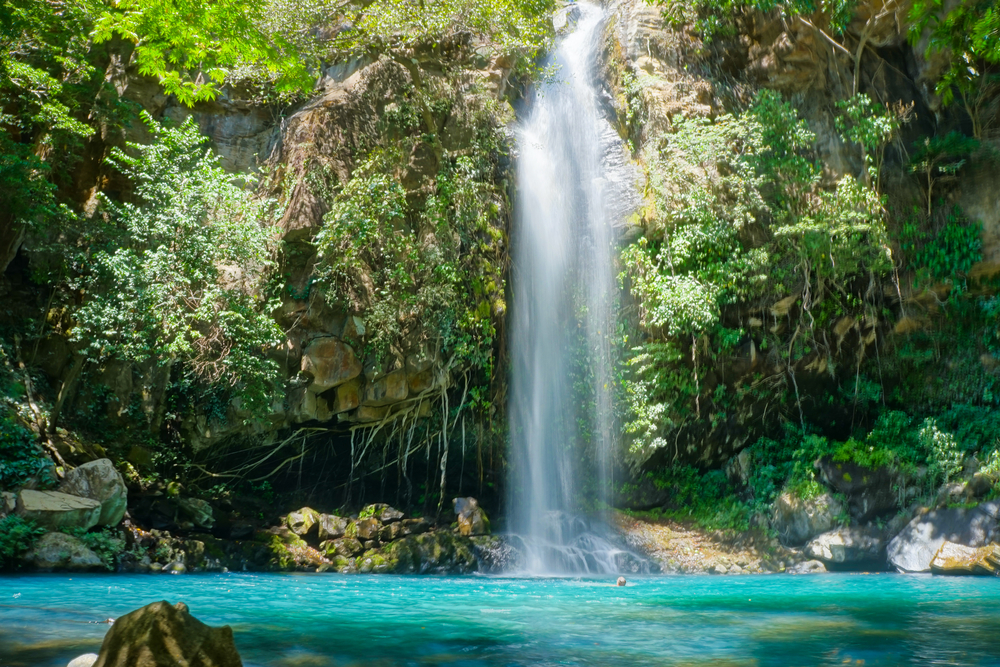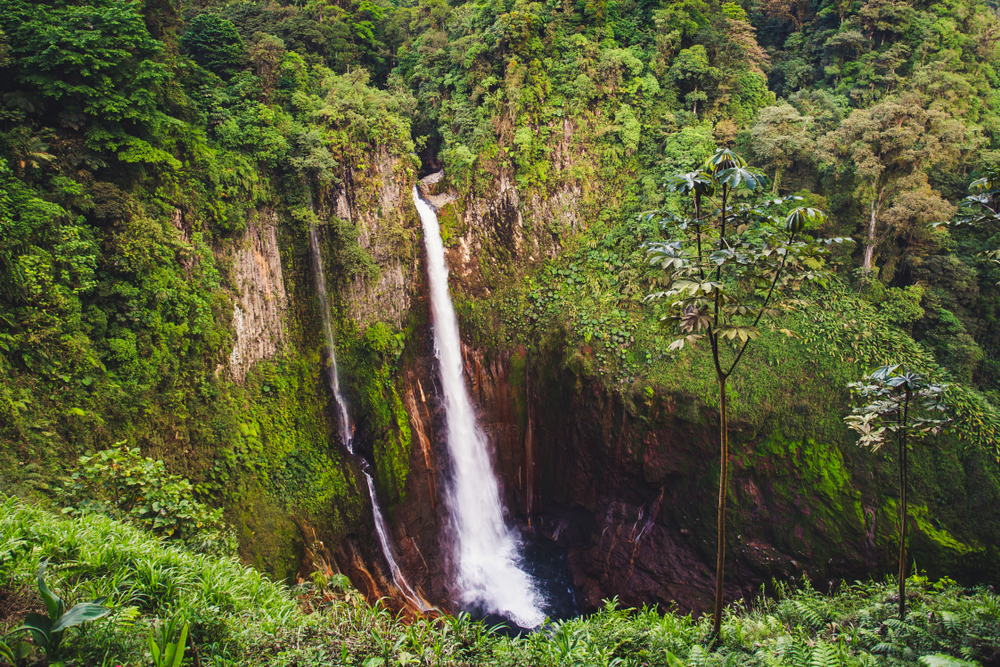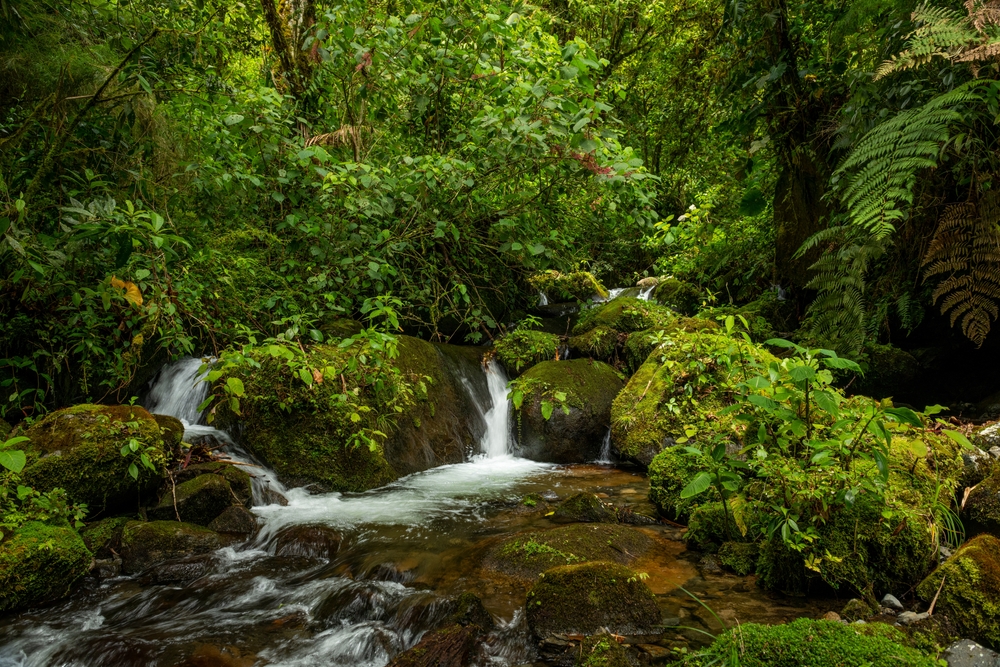La Cangreja Overview
La Cangreja National Park (Spanish: Parque Nacional La Cangreja) is a stunning natural haven located in the heart of Panama. Nestled within a landscape of dramatic topography and diverse ecosystems, this park covers approximately 23 square miles (60 square kilometers) of pristine wilderness that offers visitors an intimate encounter with nature.
The park is known for its rugged terrain, where towering mountains, rolling hills, and deep valleys converge to create an environment both challenging and awe-inspiring. Among its most impressive features is Cerro Cangreja, a prominent mountain that rises above dense cloud forests and reveals spectacular views of cascading waterfalls and meandering streams. These waterfalls, which plunge into crystalline pools, add an enchanting quality to the landscape, making it a favored destination for hikers and nature enthusiasts alike.
The varied terrain of La Cangreja National Park is marked by a rich tapestry of vegetation. Lush, verdant forests blanket the slopes, dominated by ancient ceiba trees, delicate orchids, and a variety of ferns thriving in the humid understory.
Occasional clearings reveal patches of savanna, providing an unexpected contrast to the dense woodlands and offering a glimpse of the park’s natural diversity. The terrain also includes areas of steep, rugged cliffs that are home to unique plant species adapted to challenging conditions. This blend of ecosystems supports an abundance of wildlife that is as diverse as the landscape itself.
Visitors to the park may encounter a remarkable array of animal species. The park is a sanctuary for several key mammals, including agile howler monkeys, capuchin monkeys, and the elusive jaguar, whose presence is a sign of the park’s ecological vitality.
Bird lovers are treated to the sight of colorful scarlet macaws, vibrant toucans, and numerous other tropical bird species that fill the canopy with life and melody. The combination of these animals with the park’s extraordinary natural settings creates a vibrant, living tapestry that appeals to both casual visitors and serious naturalists.
Popular attractions within La Cangreja National Park include its well-maintained trails, which offer opportunities for guided treks, birdwatching excursions, and immersive photography sessions. Visitors can engage with the park through eco-tours and educational programs that highlight the importance of conservation efforts.
Despite facing challenges such as illegal logging and encroachment, dedicated conservation initiatives have helped protect and restore the park’s delicate ecosystems. Collaborative efforts between government agencies, local communities, and environmental organizations have led to significant successes in preserving this remarkable natural sanctuary.
La Cangreja National Park remains a treasured destination, inviting all who visit to experience its majestic landscapes, rich biodiversity, and the enduring spirit of conservation that continues to inspire and safeguard its future.
Visitors can also enjoy activities such as kayaking along winding streams, zip-lining across the forest canopy, and camping under expansive, starlit skies. Educational programs and interpretive centers offer valuable insights into local cultural traditions and conservation research, ensuring that every adventure fosters a deeper connection to nature and promotes sustainable tourism practices. These experiences enrich growth while contributing to the park’s ongoing environmental preservation.








































































